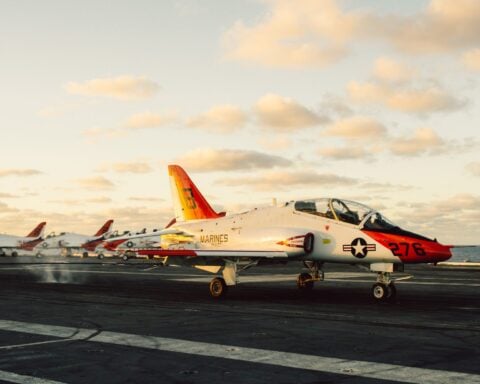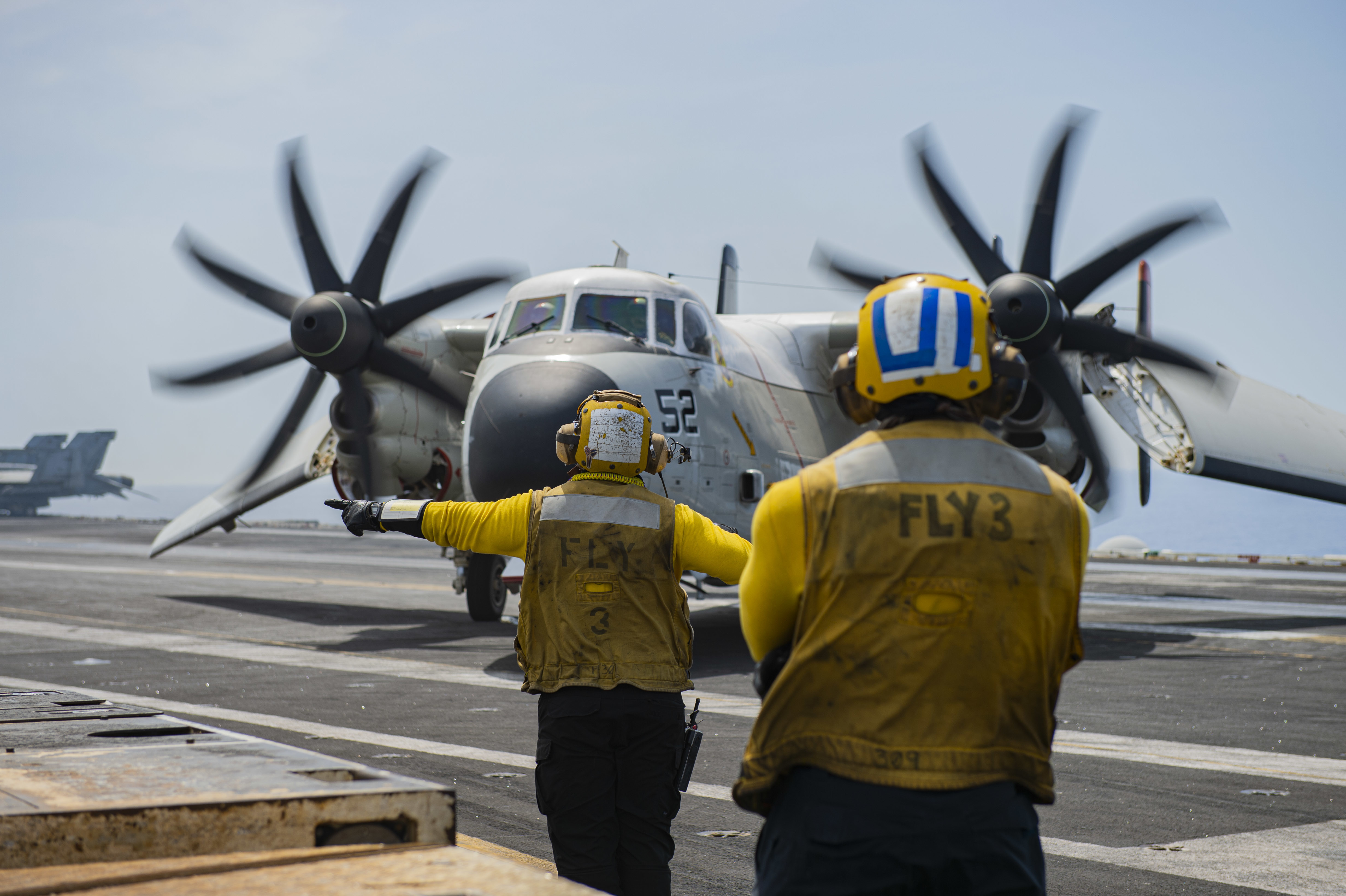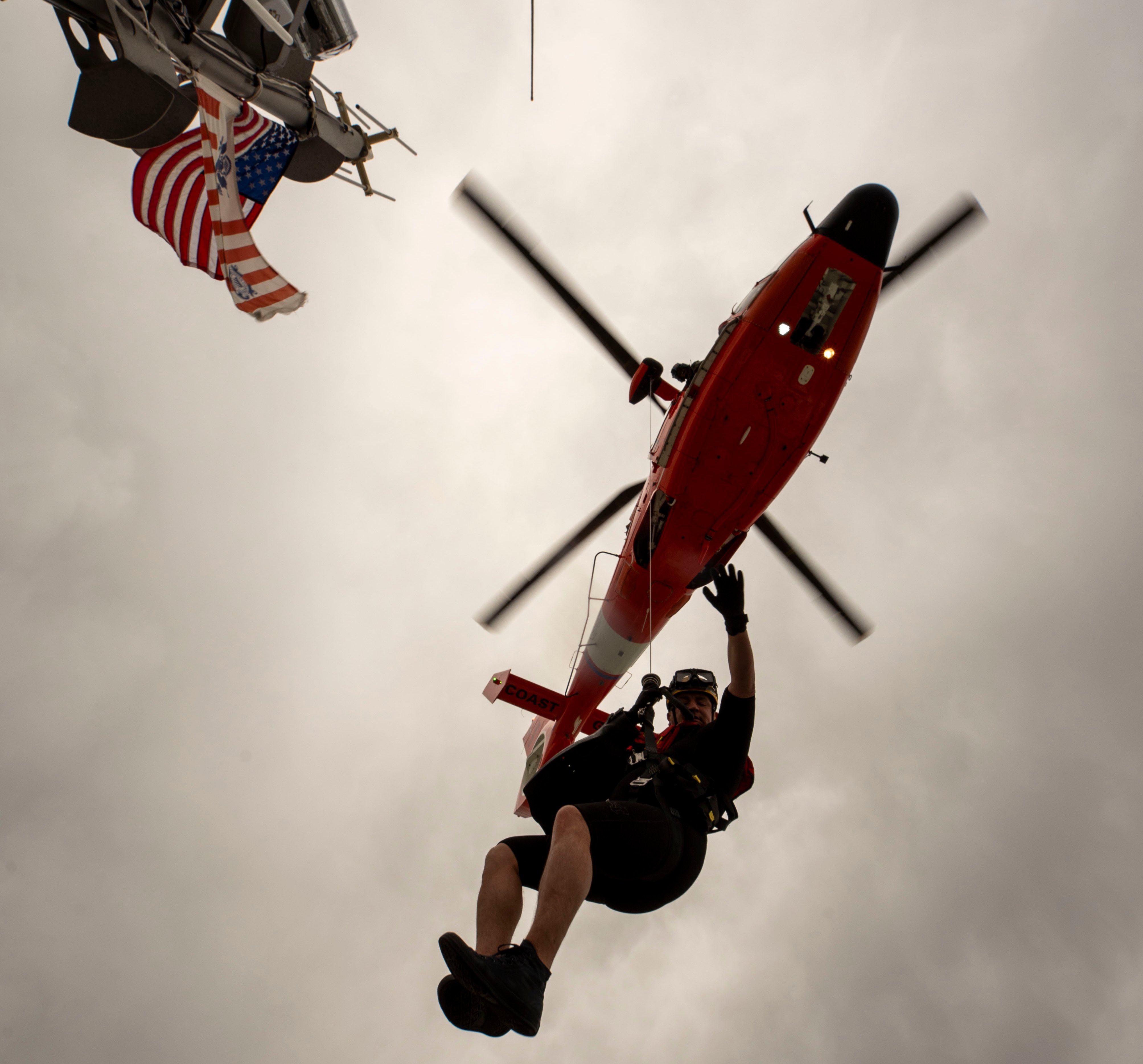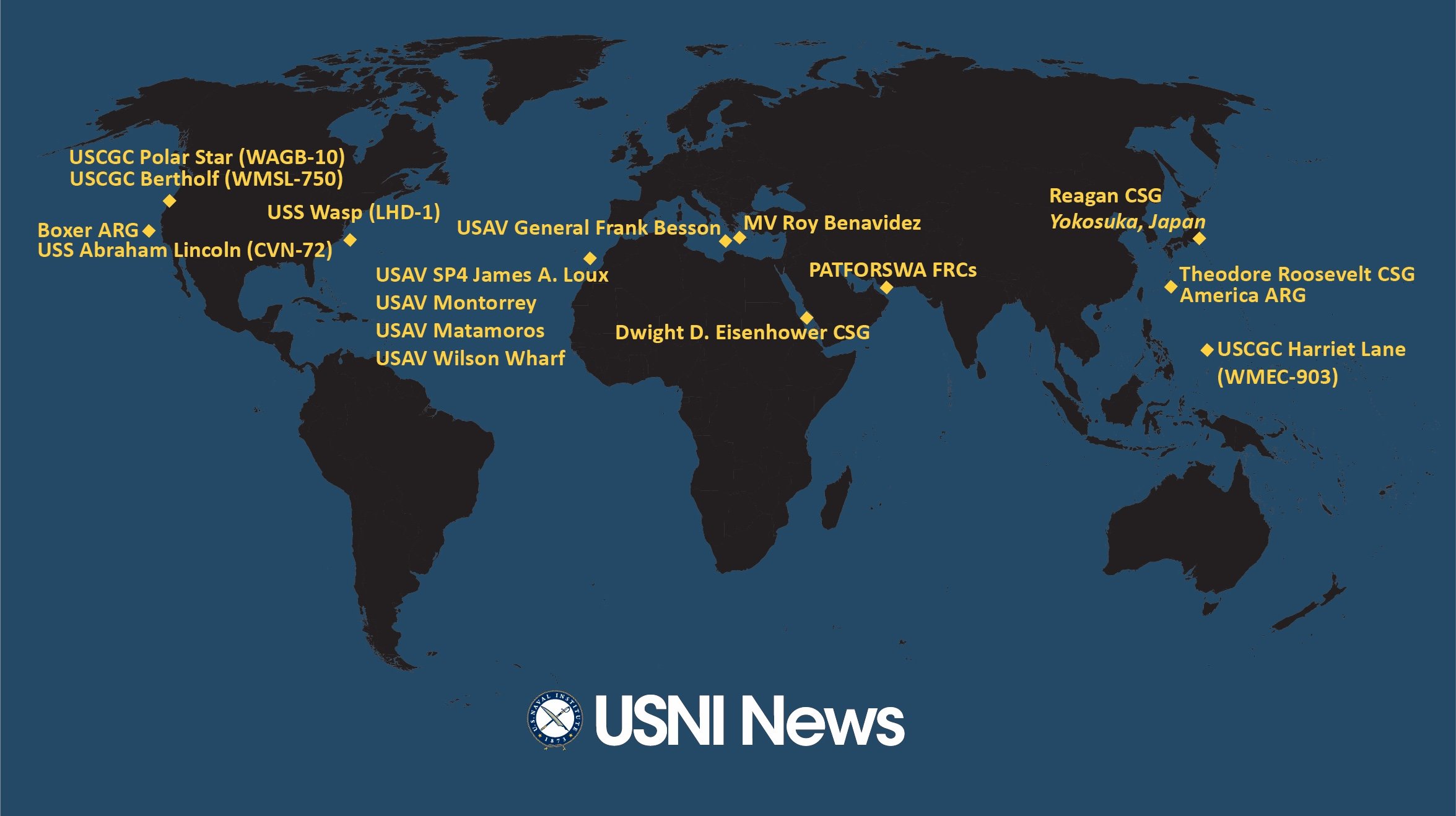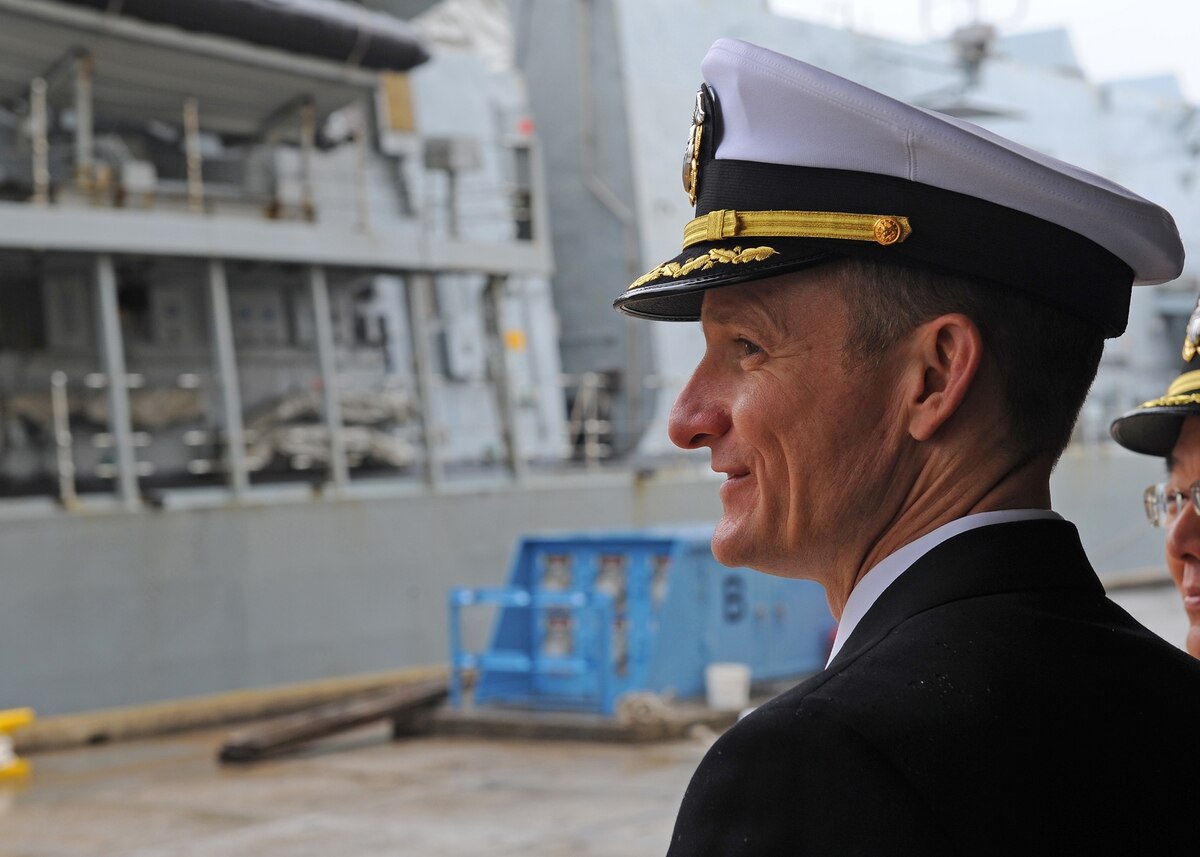
The following is the complete June 19, 2020 command investigation and appendices into the chain of command response to the COVID-19 outbreak aboard USS Theodore Roosevelt.
From the report
This command investigation inquired into the communications, decisions, and actions that took place within the Navy chain of command related to the Coronavirus Disease 2019 (COVID-19) outbreak aboard USS Theodore Roosevelt (CVN 71) (TR). It expanded upon the work done for the preliminary inquiry (located at Appendix E) to investigate more deeply into four key areas, and to ensure more complete documentation of events. The Navy has already implemented the institutional and procedural changes recommended by the preliminary inquiry.
In order not to risk the possible reintroduction or spread of COVID-19, the command investigation team did not travel to visit the TR. Instead, the command investigation team relied primarily upon video-conferences, telephone calls, and electronic means to collect evidence, with the full support of all command levels involved.
All times in this report are Guam Local Times (Chamorro Standard Time), unless otherwise noted (e.g., for events that occurred in the continental United States or Pearl Harbor, Hawaii).
The command investigation team did not encounter any difficulties during the course of their investigation, and received the full cooperation of every witness who was interviewed.
The command investigation team took great care to understand the perspective of a leadership team dealing with an unprecedented challenge. The learning curve for COVID-19 has been steep, and the investigation team made every effort to consider the findings relative to guidance existing at the time of the events described in this report.
With respect to the specific matters the investigation was tasked to examine, the team concluded:
1. The decision process and calculus for approving TR’s port visit to Da Nang was appropriate. The planning for the Da Nang port visit was done with careful, methodical and thorough consideration of the status of the COVID-19 outbreak in Vietnam at the time. The risk analysis was advised by experts and data from the U.S. Centers for Disease Control and Prevention (CDC), the World Health Organization (WHO), and after consultation with the government of Vietnam to better understand their methods and measures for COVID-19 control. At that time, based upon the data available, it reasonably appeared to be safer in Vietnam than many domestic U.S. Navy fleet concentration areas. The visit was executed with sensible precautions, based on the world’s understanding of COVID-19 at the time.
2. During the transit of TR from Vietnam to its mission operating area, and then to Guam, with 39 Sailors in quarantine, no significant additional precautions were taken for the remainder of the crew until fifteen days after leaving Da Nang. Sailors had reported to the Medical Department as early as three to four days after leaving Da Nang, but the symptoms were not able to be correlated with COVID-19, even with assistance from embarked Biological Defense Research Directorate (BDRD) teams and their limited COVID-19 surveillance testing capability. After the first Sailors began to test positive for COVID-19 on March 24th, few additional precautions were directed for those not isolated or quarantined, despite the known potential for asymptomatic transmission.
3. After arrival in Guam, available off-ship berthing was not aggressively used, due to the TR leadership insisting on fully CDC compliant quarantine quarters. Although the off-ship makeshift berthing was not perfect, it provided vastly improved ability to socially distance crewmembers. Miscommunication over testing requirements also contributed to significant delays in egressing the crew, initially. The TR and Commander, Carrier Strike Group Nine (CCSG-9) leadership spent the majority of their efforts finding flaws with the Commander, U.S. 7th Fleet (C7F) intended way ahead, while offering no practicable solutions and neglecting to supervise and coordinate the crew’s egress to temporary offship quarantine facilities. Finally, due to an erroneous conclusion that the shipboard quarantining efforts were causing more Sailors to be infected, the ship ceased its quarantine efforts on March 29th, with over 4,000 Sailors still aboard. This was done without consultation or notification to higher headquarters, and apparently was not discovered by higher headquarters leadership until the preliminary inquiry. The combination of these actions likely contributed to increased spread of the infection to more TR Sailors.
4. As to the former TR CO’s email and attached letter, he was present at C7F staff meetings where discussions took place regarding the efforts in progress to secure longer-term, CDC compliant quarters for his crew. He, therefore, knew or should have known of the actions that were already underway up echelon, but was dissatisfied with the interim quarters. Rather than lead his team to work with the shore establishment to improve upon them, he elected to send his email and attached letter. When it was later leaked to the media, it complicated the Navy’s negotiation with the Government of Guam for use of hotel rooms in Guam. The identity of the person leaking the email remains unknown.
Download the document here.


